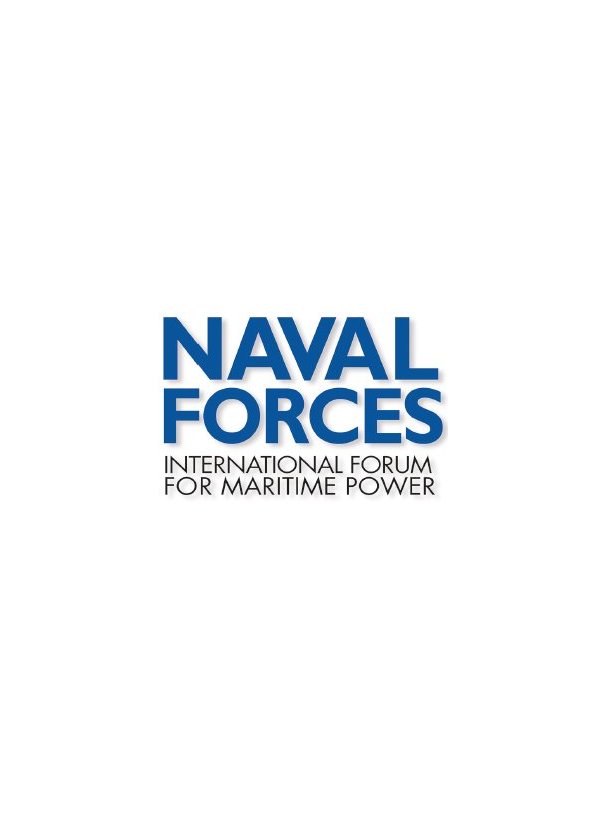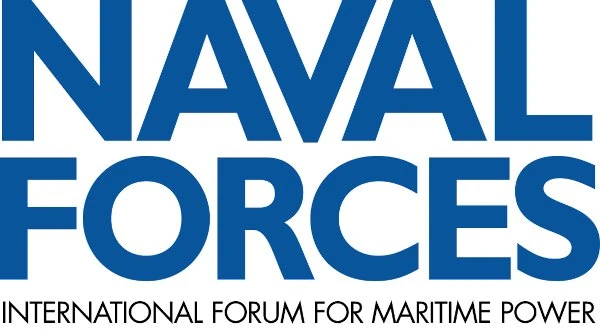Forty years ago, the German Naval Air Arm (Marineflieger) had its new Panavia Tornado fighter-bomber in service for a little more than a year. The German Navy requested a two-seat, two-engine fighter-bomber, replacing the venerable Lockheed F-104G Starfighter. Initially called the Multi Role Aircraft (MRA), later renamed as the Multi Role Combat Aircraft (MRCA), the Tornado was jointly developed and manufactured by Italy, the United Kingdom and Germany. Commander (KKpt) Heinrich Neugebohrn, who joined the German Navy in 1964 and served as an F-104 pilot, wrote an eight-page reportage in Naval Forces V/1983, assessing the performance of the new aircraft in its maritime strike role, and stating that the Tornado “has proved to be an excellent, stable platform, especially at low level and for weapon delivery.” He added that with the new head up display (HUD) – a fine new feature for all former F-104 pilots – the Marine-Tornado is very easy to fly, regardless of weather. The two Marineflieger wings were operating 112 Tornados. Exactly 22 years later – 15 years after the end of the Cold War – Germany decided to disband its second wing, passing all of the remaining aircraft, weapons (e.g., the AS.34 Kormoran anti-ship missile) and personnel to the Luftwaffe. However, this story tells us that a once potent and powerful capability loses its raison d’être when the overall political climate changes. Today, a worldwide increase in armed conflicts inevitably leads to a reassessment of military capacities and capabilities – including naval air power. These have been the ’lessons learned’ for a number of countries, primarily in NATO Europe and the Asia-Pacific Region. And this is also reflected in their procurement decisions.
Naval Forces, in its fifth Edition, also put a closer focus on a steadily increasing demand – small aircraft carriers ranging in size from 10,000 tonnes to 40,000 tonnes. The author, William S. Lind, who served for ten years as a defence specialist with the US Congress and one of the founders of the military reform movement in the United States and military adviser to Senator Gary Hart of Colorado, prompted to argue in his article “Small carriers and NATO navies” that platforms – designed for CTOL (conventional take-off and landing) or, more frequently, V/STOL (vertical and/or short take-off and landing) aircraft, was growing in a number of NATO member states, specifically France, Italy, the United Kingdom and Spain. The latter was in the process (1979-1982) of building its first V/STOL carrier, the Príncipe de Asturias (originally named Almirante Carrero Blanco), ordered in May 1977 and built to the US Sea Control Ship design. As to France, the author stated that the ability to operate CTOL aircraft is important for the country because of the capability it provides to operate nuclear-armed aircraft. Paris was well aware at that time that small V/STOL carrier could probably do these missions as well as the larger, more expensive CTOL carriers. But it was the connection with nuclear weapons that made the CTOL capability worth the extra expense for France. In his article, William S. Lind addressed a very specific question to the readership: “Is [the small carrier] a better investment than buying other types of warships?” His answer was prompt and unequivocal: “In the case of many NATO navies, their restricted mission does not warrant investment in any type of aircraft carrier […].” In this author’s view, it is a very good investment if the alternative is the purchase of more frigates – frigates are very convenient in peacetime, since they look, are not prohibitively expensive, and provide substantial work to local shipyards. And he went one step further: “Small corvettes and fast missile boats give far more anti-surface combat power for the money than does a 4,000-tonne frigate […].” Food for thought for the future, isn’t it?









